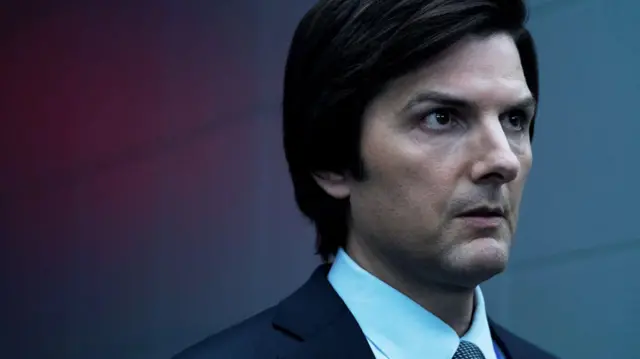Severance was inspired, inventive and transcendently weirdpublished at 22:05 BST
 Laura Blasey
Laura Blasey
US reporter
 Image source, Apple TV+
Image source, Apple TV+Warning, there’s some spoilers ahead.
Severance often gets compared to The Office‘s satire of aughts corporate life, though one is a thriller and the other a comedy. I’d argue Apple TV+’s hit actually has more in common with the work of David Lynch — and that’s a major selling point for me. It’s a rare, worthy successor to the auteur’s films that deserves our attention for its unsparing look at the modern workplace.
Lynch’s work often mingled the mundane with the sinister, with an occasional hit of whimsy (melon party, anyone?). His work often features dual personalities and average people corrupted by forces that lurk out of view — dark technologies, personal tragedy and mysterious cults, perhaps.
Severance and Lynch’s oeuvre also share Patricia Arquette. She plays Harmony Cobel, the emotionally-repressed and ambitious program leader of the severed floor in the Apple series, and also starred in Lynch’s surrealist thriller Lost Highway (1997) as an emotionally-repressed and ambitious femme fatale.
This season of Severance wasn’t perfect – Cobel’s revelatory visit home was a slow weak spot. But the season greatly expanded the world of Lumon Industries, and when it hit its marks, it was transcendently weird, such as the reveal of Gemma’s doll-like existence as a research patient.
Tramell Tillman’s Seth Milchik was also given an expanded and complex role this season worthy of an Emmy. We see how his job, his status in the company and his race divide him in different ways.
Mark’s (Adam Scott) conversation with his severed self via an old-school camcorder (a very Lynchian device!) was also an inspired and inventive highlight for me.
In a world full of slick streaming productions and corporate branding, a little weirdness can wake us up. Even if it doesn’t win the major awards this year, Severance has your attention.

